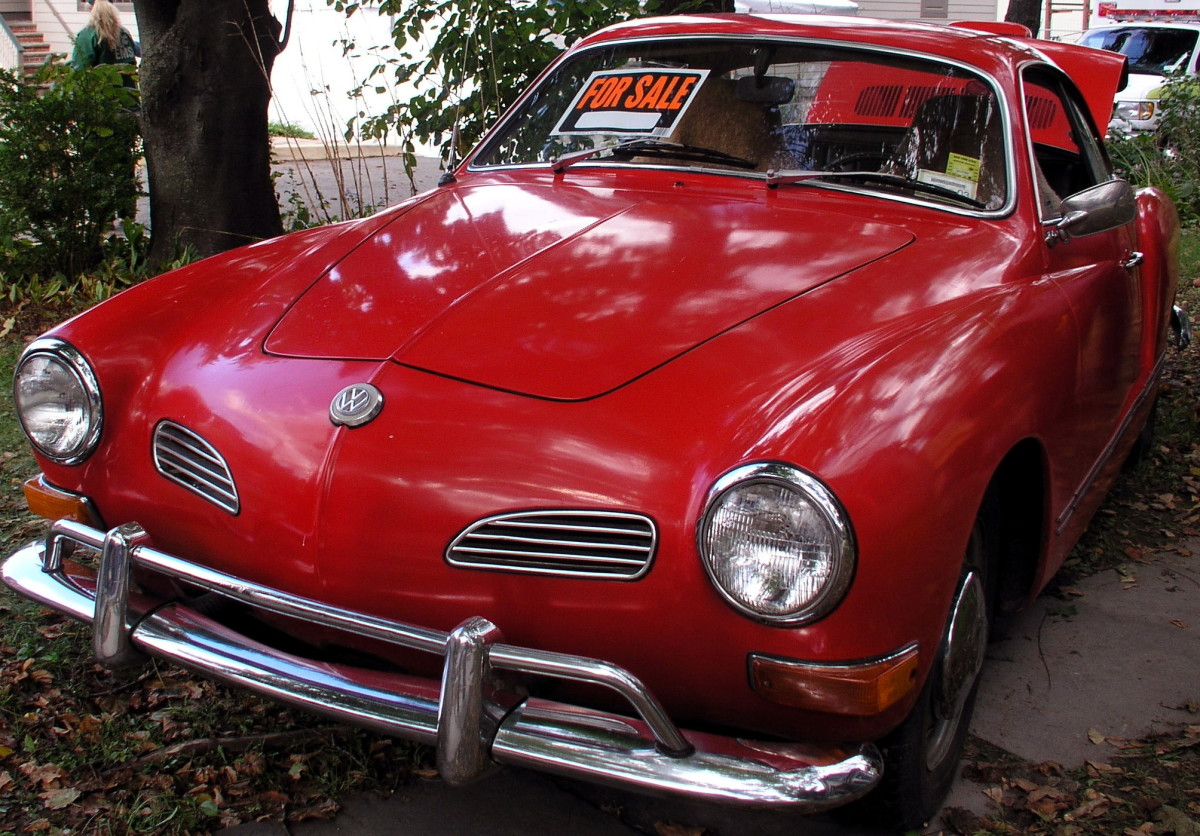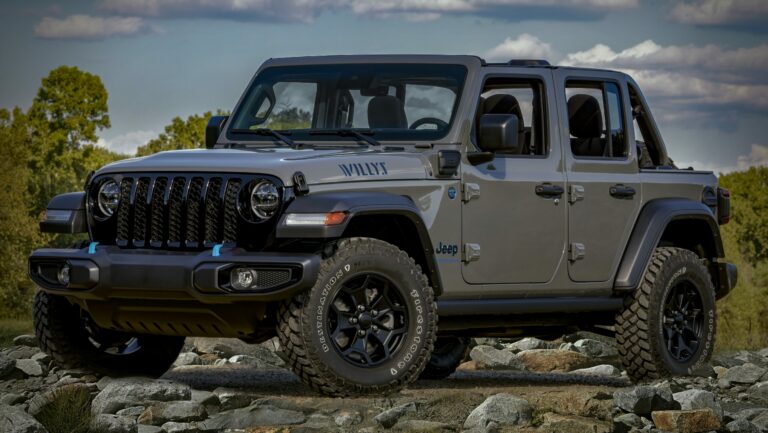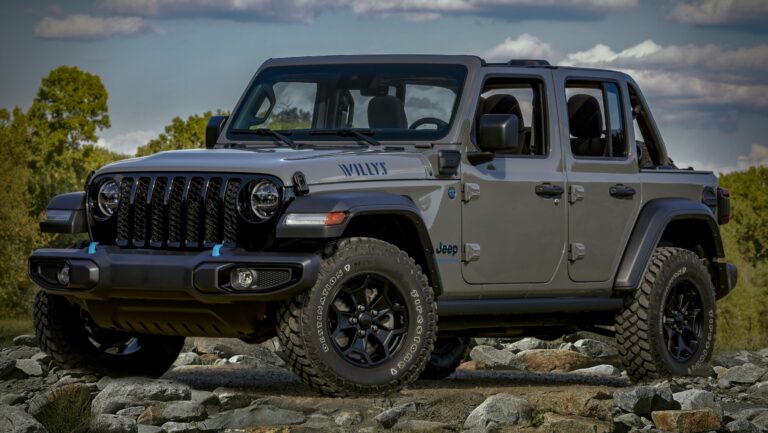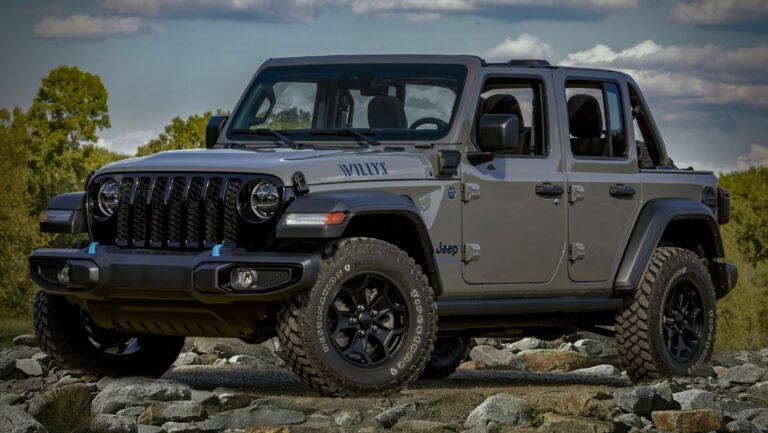Used Jeep Cherokee: Your Comprehensive Guide to an Iconic SUV
Used Jeep Cherokee: Your Comprehensive Guide to an Iconic SUV jeeps.truckstrend.com
The open road beckons, trails whisper promises of adventure, and daily commutes demand reliability and comfort. For decades, the Jeep Cherokee has answered this call, carving out a legendary reputation as a versatile and capable SUV. When considering a pre-owned vehicle, the Used Jeep Cherokee stands out as a compelling option, offering a unique blend of rugged capability, surprising comfort, and often, significant value. This comprehensive guide will navigate the world of used Jeep Cherokees, helping you understand their appeal, what to look for, and how to make a smart purchase that aligns with your adventurous spirit or practical needs.
I. A Legacy of Versatility: Why Choose a Used Jeep Cherokee?
Used Jeep Cherokee: Your Comprehensive Guide to an Iconic SUV
The Jeep Cherokee isn’t just a vehicle; it’s a statement. From its groundbreaking unibody design in the XJ era to its modern, refined iterations, the Cherokee has consistently offered a package that appeals to a broad spectrum of buyers. Opting for a used model unlocks several key advantages:
- Affordability: Like most vehicles, the Cherokee experiences depreciation, making later models accessible at a fraction of their new price. Older generations, particularly the iconic XJ, can be found for surprisingly low prices, offering immense bang for your buck.
- Proven Capability: Jeep’s reputation for off-road prowess is well-earned. Even stock Cherokees, especially those with 4×4 systems and the "Trail Rated" badge (on specific trims like the Trailhawk), are highly capable on various terrains.
- Versatility: Whether you need a daily driver for city commutes, a spacious vehicle for family adventures, or a rugged companion for weekend excursions into the wild, the Cherokee’s blend of cargo space, passenger comfort, and available four-wheel-drive systems makes it incredibly adaptable.
- Strong Aftermarket Support: For those looking to customize or repair their Cherokee, the aftermarket is vast. Parts are readily available, and a passionate community offers a wealth of knowledge and support.
- Iconic Status: Owning a Used Jeep Cherokee, particularly an older XJ, means owning a piece of automotive history – a vehicle celebrated for its simplicity, durability, and timeless design.
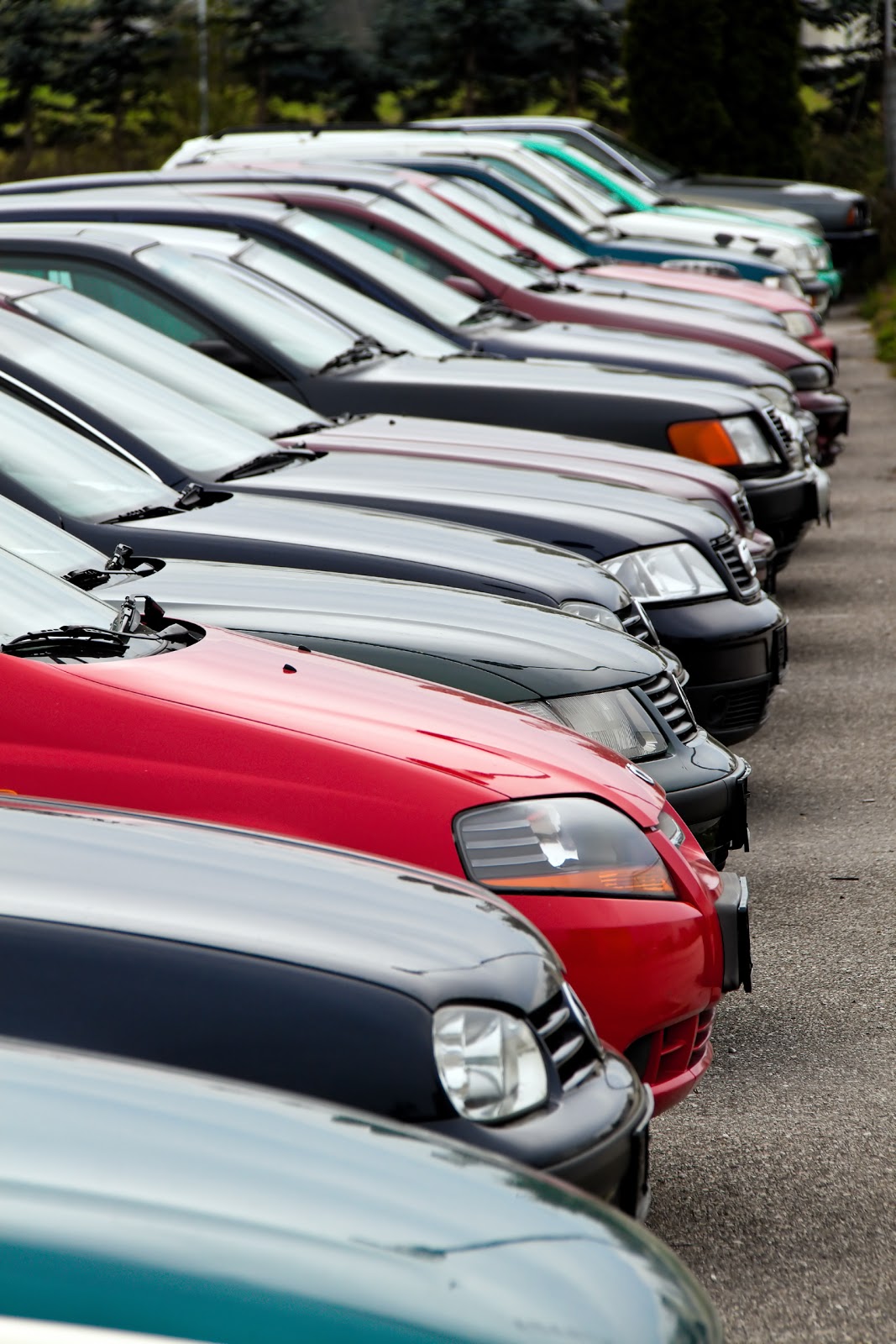
II. Navigating the Generations: What to Look For
The Jeep Cherokee has evolved significantly over its production run, resulting in distinct generations, each with its own characteristics, strengths, and potential quirks. Understanding these differences is crucial for making an informed decision.
A. XJ (1984-2001): The Legendary Classic
Often considered the "true" Cherokee by purists, the XJ is celebrated for its rugged simplicity and legendary 4.0L inline-six engine.
- Pros: Incredibly durable engine (the 4.0L), straightforward mechanics, robust solid axles, excellent aftermarket support, classic utilitarian looks, very affordable to buy. Easily modifiable for serious off-roading.
- Cons: Age-related wear and tear (rust is a major concern, especially in northern climates), less refined ride, limited modern safety features (e.g., airbags, ABS were optional or non-existent in early models), dated interior.
- Key Inspection Points:
- Rust: Crucial to inspect the unibody frame rails, floorboards, rocker panels, and rear quarter panels. Extensive rust can be a deal-breaker.
- Engine (4.0L): Listen for knocking or excessive ticking. Check for oil leaks (especially from the rear main seal). These engines are generally bulletproof but can suffer from neglect.
- Transmission: Check fluid color and smell. Test for smooth shifts. AW4 automatic is very reliable; AX-15 manual is also robust.
- Suspension & Steering: Look for worn bushings, ball joints, tie rod ends, and play in the steering.
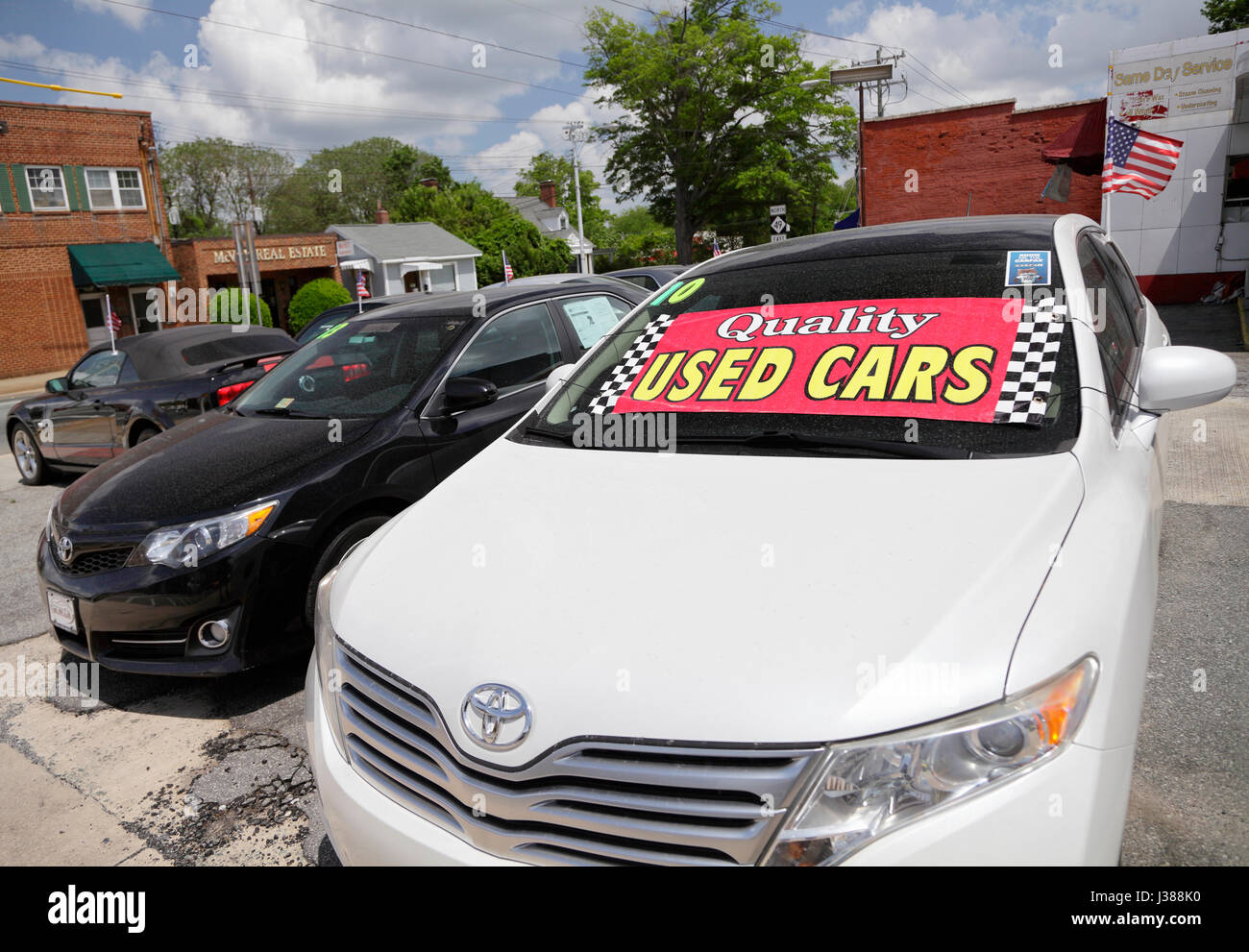

B. KJ (Liberty) (2002-2007) & KK (Liberty) (2008-2012): The Mid-Generation Shift
Following the XJ, the Cherokee name was briefly retired in North America, replaced by the "Liberty." These models offered a more modern design and improved on-road manners.
- Pros: More refined ride than the XJ, improved safety features, available V6 engines (3.7L), some KJ models offered a VM Motori diesel engine (rare but torquey). The KK offered more modern amenities.
- Cons: Less off-road capable in stock form than the XJ (independent front suspension), some common issues (e.g., front ball joint failures on KJs, rust on KKs), V6 can be thirsty.
- Key Inspection Points:
- Suspension: Pay close attention to front suspension components, especially ball joints and control arm bushings.
- Rust: Check rocker panels and underbody.
- Electrical: Test all electronics, including power windows, locks, and infotainment (on KK).
- Engine (3.7L V6): Listen for ticking (common but usually not critical unless excessive) and check for leaks.
C. KL (2014-2023): The Modern Era
The Cherokee name returned to North America with the KL, featuring a contemporary design and a focus on on-road comfort and technology, while still offering respectable off-road capability in specific trims.
- Pros: Modern styling, comfortable ride, advanced safety features and technology (infotainment, driver assists), good fuel economy (especially with 4-cylinder engine), Trailhawk trim offers serious off-road prowess with lifted suspension, locking rear differential, and skid plates.
- Cons: Initial issues with the 9-speed automatic transmission (largely resolved with software updates and later model years), polarizing exterior design for some, less "traditional Jeep" feel than older models.
- Key Inspection Points:
- Transmission (9-speed automatic): Test drive extensively. Look for harsh shifts, hesitation, or unusual noises. Ensure any relevant software updates or recalls have been performed.
- Electronics: Test all infotainment features, climate control, and driver-assist systems.
- Maintenance Records: Ensure regular service, especially transmission fluid changes.
- Recall History: Check for any outstanding recalls.
III. Essential Pre-Purchase Checklist: Your Guide to a Smart Buy
Buying a Used Jeep Cherokee requires diligence. Follow these steps to maximize your chances of a successful purchase:
- Define Your Needs & Budget: What will you primarily use the Cherokee for? Daily commuting, family hauling, off-roading? How much can you realistically afford for the purchase, insurance, and potential maintenance?
- Research Common Issues: Before looking at specific vehicles, research common problems for the generation you’re interested in. This will help you know what to look for during inspection.
- Obtain a Vehicle History Report (VHR): Services like CarFax or AutoCheck are invaluable. They can reveal accident history, salvage titles, odometer fraud, flood damage, and service records.
- Thorough Physical Inspection:
- Exterior: Look for rust (especially on XJs), significant dents, scratches, or mismatched paint (indicating prior accident repairs). Check tire tread depth and even wear.
- Interior: Inspect seats, carpets, and headliner for excessive wear, tears, or stains. Test all electronics: windows, locks, lights, radio, AC/heater, dashboard lights.
- Under the Hood: Check all fluid levels (oil, coolant, brake, power steering, transmission). Look for leaks, frayed belts, cracked hoses, and corrosion on the battery terminals. Listen for unusual engine noises.
- Underneath: Get under the vehicle if possible. Inspect the frame for rust or damage. Check suspension components (shocks, springs, control arms) for leaks or bends. Look for fluid leaks from the differential, transfer case, or transmission.
- The Test Drive: This is critical.
- Engine: Does it start easily? Idle smoothly? Accelerate without hesitation or strange noises?
- Transmission: Does it shift smoothly through all gears? No jerking, slipping, or delayed engagement.
- Brakes: Do they feel firm and stop the vehicle without pulling or grinding?
- Steering: Is it responsive? No excessive play or pulling to one side.
- Suspension: Listen for clunks, rattles, or squeaks over bumps. Does it feel bouncy or overly stiff?
- Listen: Turn off the radio and listen for any unusual noises – hums, clunks, whistles, or grinding.
- Pre-Purchase Inspection (PPI): Highly Recommended. Take the vehicle to an independent, trusted mechanic (ideally one familiar with Jeeps) for a thorough inspection. They can identify issues you might miss and provide an objective assessment of the vehicle’s condition.
IV. Ownership and Maintenance Tips
Once you’ve found your Used Jeep Cherokee, proper maintenance is key to a long and happy ownership experience.
- Adhere to Maintenance Schedules: Regular oil changes, fluid checks (transmission, differential, transfer case), tire rotations, and filter replacements are paramount. Refer to the owner’s manual for specific intervals.
- Address Issues Promptly: Don’t ignore warning lights or strange noises. Early diagnosis and repair can prevent minor issues from becoming costly major problems.
- Rust Prevention (Especially XJ/KK): If you live in a rust-prone area, consider undercoating, regular washing (especially after winter driving), and promptly addressing any surface rust.
- Know Your Vehicle’s Quirks: Each generation has its common issues. Familiarize yourself with them so you can proactively address or identify problems (e.g., XJ rear main seal leaks, KL transmission updates).
- Join the Community: Jeep forums and local clubs are incredible resources for troubleshooting, advice, and finding parts.
V. Pricing Your Adventure: Used Jeep Cherokee Price Guide
The price of a Used Jeep Cherokee can vary dramatically based on its generation, condition, mileage, trim level, and geographic location. The table below provides a general overview, but always factor in a pre-purchase inspection and market research for precise figures.
| Generation | Model Years | Typical Price Range (USD) | Key Features / Notes |
|---|---|---|---|
| XJ (Cherokee Classic) | 1984-2001 | $3,000 – $15,000+ | Iconic 4.0L I6 engine, solid axles, unibody construction. Prices vary wildly based on condition, mileage, rust, and modifications. Pristine, low-mileage examples fetch top dollar. |
| KJ (Liberty) | 2002-2007 | $2,500 – $8,000 | More rounded styling, independent front suspension. Less popular for serious off-roading but a good daily driver. Diesel models are rare and can be more expensive. |
| KK (Liberty) | 2008-2012 | $4,000 – $12,000 | Boxier, more aggressive styling than KJ. Improved interior materials and features. Prices higher for later years and lower mileage. |
| KL (Cherokee) | 2014-2023 | $10,000 – $35,000+ | Modern design, 4-cylinder or V6 engines, 9-speed auto. Prices depend heavily on year, mileage, trim (Sport, Latitude, Limited, Trailhawk, Overland), and features. Trailhawk models typically hold higher value. |
Note: These are general ranges. Exceptional condition, low mileage, or specific rare trims can command higher prices. Conversely, vehicles with significant issues will be much cheaper.
VI. Concluding Summary
The Used Jeep Cherokee offers a compelling proposition for a wide range of buyers. From the legendary, modifiable XJ to the modern, comfortable KL, there’s a Cherokee out there to suit almost any need and budget. While each generation presents its own set of considerations, a diligent pre-purchase inspection, thorough research, and a clear understanding of your priorities can lead to a smart and satisfying investment. With its enduring legacy of versatility and capability, a Used Jeep Cherokee can truly be your ticket to adventure, offering a unique blend of heritage and practicality on the road less traveled, or simply on your daily commute.
VII. Frequently Asked Questions (FAQ) about Used Jeep Cherokee
Q1: Is a Used Jeep Cherokee reliable?
A1: Reliability varies significantly by generation and how well the vehicle has been maintained. The 4.0L engine in the XJ is legendary for its durability if properly cared for. Newer KL models generally have good reliability, though early 9-speed transmissions had software quirks that were largely resolved. Thorough maintenance records and a pre-purchase inspection are key indicators of reliability.
Q2: What’s the best year for a Used Jeep Cherokee?
A2: "Best" depends on your needs.
- For off-roading purists & DIY enthusiasts: The XJ (1984-2001), especially with the 4.0L inline-six, is often considered the "best" for its robust simplicity and vast aftermarket.
- For a balance of modern comfort and off-road capability: The KL Trailhawk (2014-2023) is an excellent choice.
- For a budget-friendly daily driver with some capability: KJ or KK (Liberty) models can be good options.
Q3: What’s the typical mileage life of a Used Jeep Cherokee?
A3: Well-maintained XJ models with the 4.0L engine are famously known to exceed 200,000, even 300,000 miles. Newer generations (KJ, KK, KL) can also last for 150,000-200,000+ miles with proper care, though engine and transmission lifespans can vary.
Q4: Are parts readily available for Used Jeep Cherokees?
A4: Yes, absolutely! Due to their popularity and long production runs, parts for all generations, especially the XJ, are widely available from aftermarket suppliers, online retailers, and salvage yards.
Q5: Can a Used Jeep Cherokee be a good daily driver?
A5: Yes. While the XJ is more rudimentary, it can certainly serve as a daily driver. The KJ/KK Liberty models offer more comfort, and the modern KL is designed with daily commuting and family use in mind, providing a smooth ride and contemporary features.
Q6: What should I avoid when buying a Used Jeep Cherokee?
A6:
- Excessive Rust: Especially on XJ models, inspect the unibody frame thoroughly. Rust can compromise structural integrity.
- Poor Maintenance History: Lack of service records is a red flag.
- Major Fluid Leaks: Significant oil, coolant, or transmission fluid leaks can indicate serious underlying problems.
- Unusual Noises: Clunks, grinding, or loud ticking during a test drive should be investigated by a mechanic.
- Salvage or Rebuilt Titles: Unless you’re an expert and fully understand the vehicle’s history, these can be risky.
Q7: What’s the difference between a Jeep Cherokee and a Jeep Grand Cherokee?
A7: The Grand Cherokee is generally larger, more luxurious, and offers more powerful engine options and advanced features. While both offer off-road capability, the Grand Cherokee typically leans more towards premium comfort and on-road refinement, whereas the Cherokee (especially XJ and Trailhawk trims) is often seen as the more "utilitarian" or focused off-road option within the Jeep lineup.
